On May 30, 1956, China and Egypt officially established diplomatic relations at the ambassadorial level, making Egypt the first Arab and African country to establish diplomatic ties with China.
In 2023, the 67th anniversary of this significant milestone will be commemorated. Through a clear understanding of each other's historical civilizations, these two countries have vigorously developed cultural exchanges over the past years.
On January 21, 2016, Chinese President Xi Jinping and President Abdel Fattah al-Sisi of Egypt together attended the celebration of the 60th anniversary of China-Egypt diplomatic relations and the opening ceremony of the China-Egypt Cultural Year 2016 at the ancient Square of Luxor Temple.
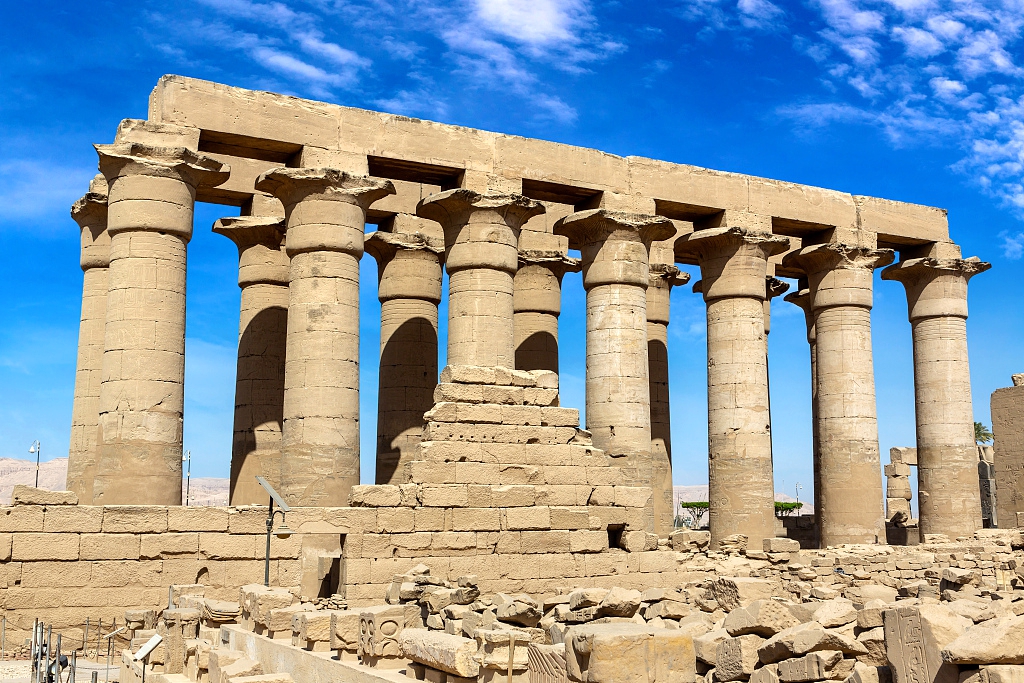
The Luxor Temple in daylight /CFP
The Luxor Temple in daylight /CFP
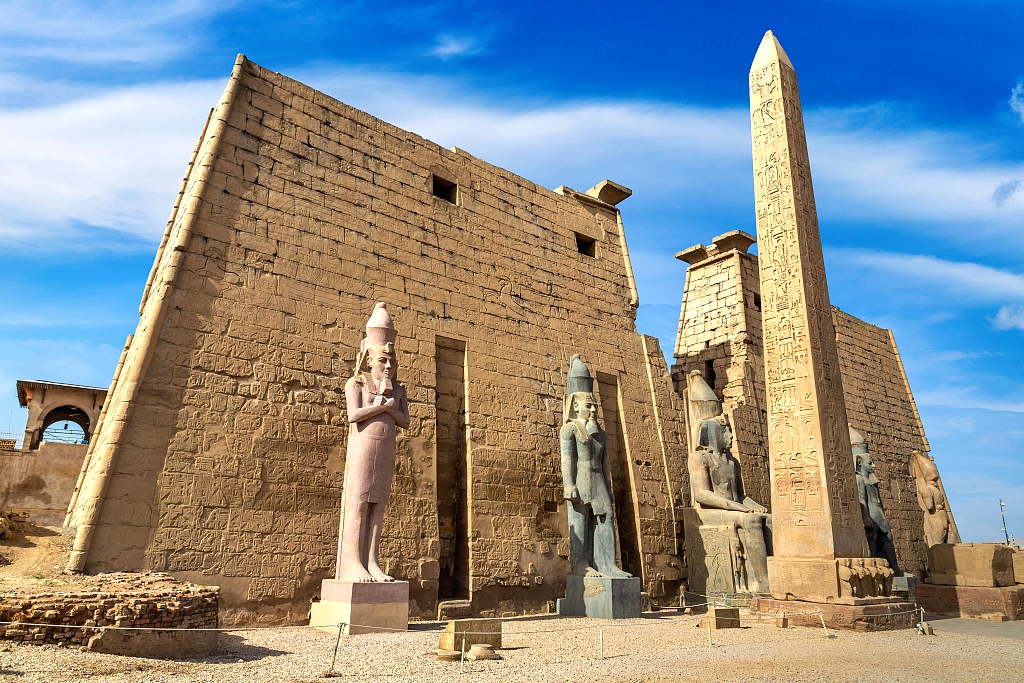
A view of the Luxor Temple /CFP
A view of the Luxor Temple /CFP
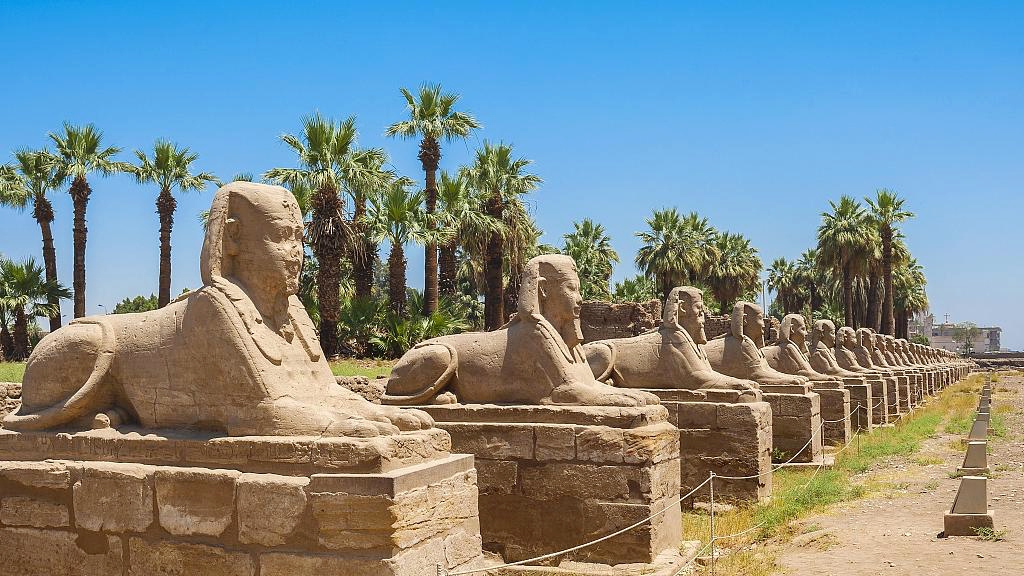
Human-headed sphinxes with a lion's body at the Avenue of Sphinxes in Luxor, Egypt /CFP
Human-headed sphinxes with a lion's body at the Avenue of Sphinxes in Luxor, Egypt /CFP
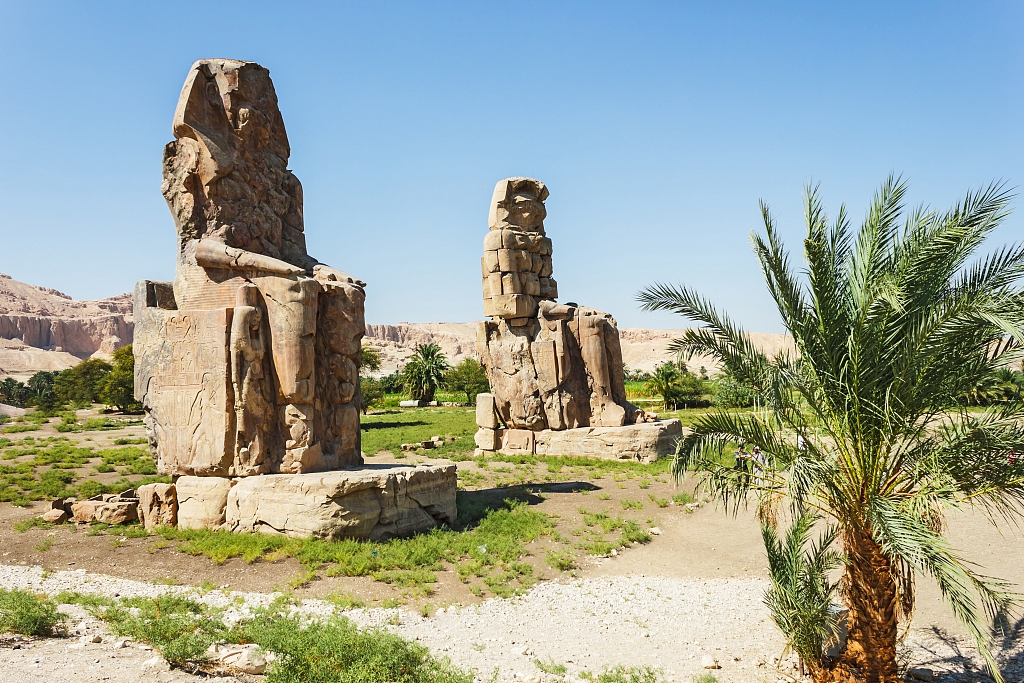
A view of the Colossi of Memnon in Egypt /CFP
A view of the Colossi of Memnon in Egypt /CFP
As the two heads of state visited the Luxor Temple, they spoke glowingly about the characteristics of the two ancient civilizations and recollected together the long-standing exchanges and mutual learning between Chinese and Egyptian civilizations.
Xi Jinping pointed out that Luxor is the epitome of ancient Egyptian civilization. The buildings of Luxor reflect the marvelous wisdom and scientific and technological level of ancient Egyptians. Both China and Egypt are ancient civilizations. Therefore, it's necessary for each country to strengthen people-to-people and cultural exchanges, deepen non-governmental friendship and consolidate public support for bilateral cooperation, so as to promote the common development and prosperity of both sides.
President Xi's remarks have propelled the exchange and mutual learning between China and Egypt in the field of archaeology.
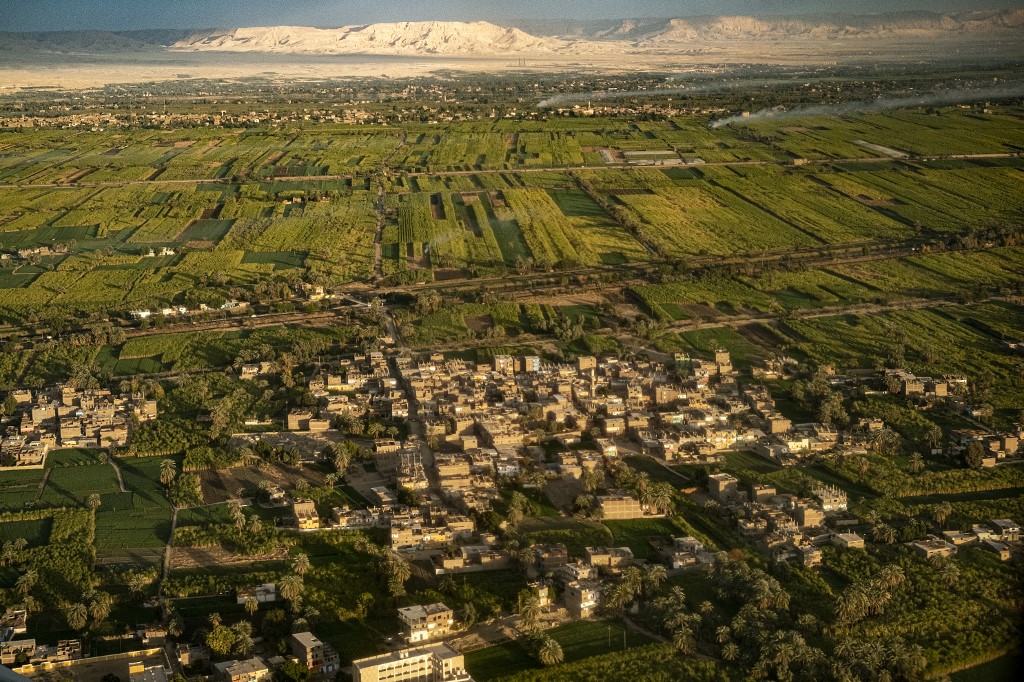
An aerial view on January 17, 2022 of the village and ancient settlement of Medamud, which houses the site of the Temple of Montu /AFP
An aerial view on January 17, 2022 of the village and ancient settlement of Medamud, which houses the site of the Temple of Montu /AFP
In late 2018, the joint Chinese-Egyptian archaeological team, formed by the Institute of Archaeology of the Chinese Academy of Social Sciences and the Egyptian Ministry of Tourism and Antiquities, embarked on a collaborative journey at the Temple of Montu in Luxor.
The Montu Temple area has a spacious and gently sloping terrain, with a temple area of approximately 24,000 square meters within its surrounding walls. The excavation site of the China-Egypt joint archaeological team covers an area of about 2,000 square meters.
To understand the formation of the entire site, the team carried out anatomical excavations in the area where the Temple of Montu and the Temple of Maat were connected. They found ruins and relics from the Old Kingdom period, and gained a preliminary understanding of the characteristics and evolution of the ancient Egyptian way of life in the area.
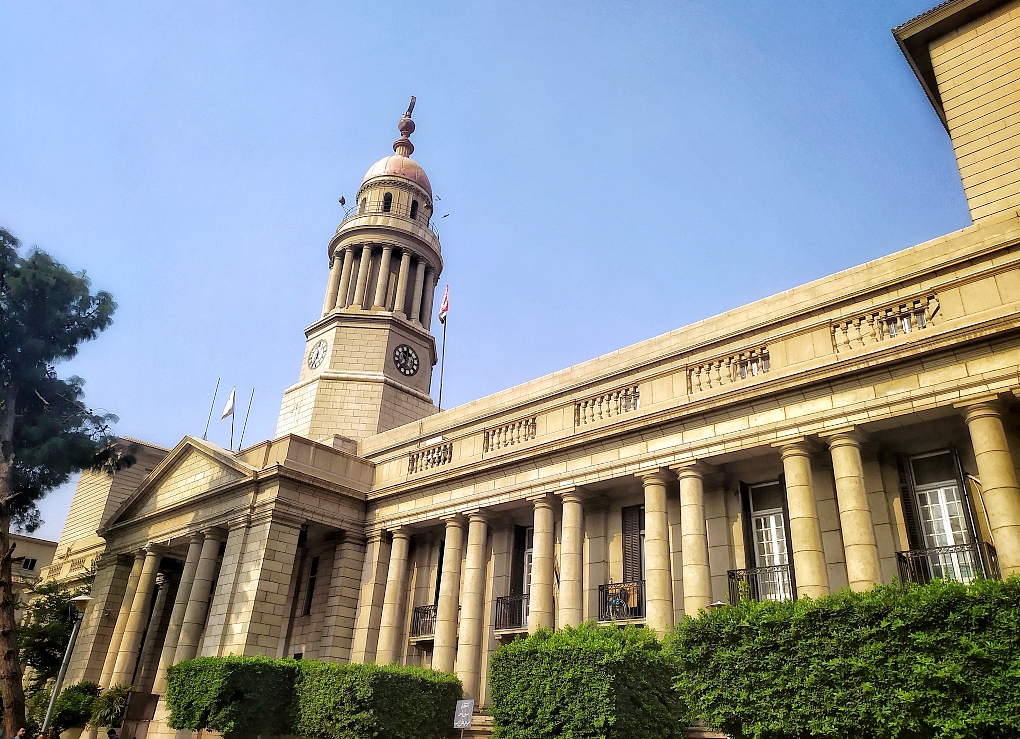
A view of the hospital in Cairo University campus /CFP
A view of the hospital in Cairo University campus /CFP
In addition to archaeological cooperation, China and Egypt have also engaged in extensive collaboration under the Belt and Road Initiative, which has become a pathway for people-to-people connectivity between the two countries.
With the support of dedicated educational funds, many outstanding Egyptian students have come to study at Chinese universities, and Egypt has become the largest sender of African students to China.
The ancient Egyptian civilization has also deeply attracted Chinese students, who have flocked to prestigious institutions such as Cairo University, Ain Shams University, Egyptian Chinese University, and Suez Canal University to learn Arabic. China has become the largest source country of East Asian students studying in Egypt, demonstrating the growing bond between the Chinese and Egyptian peoples.